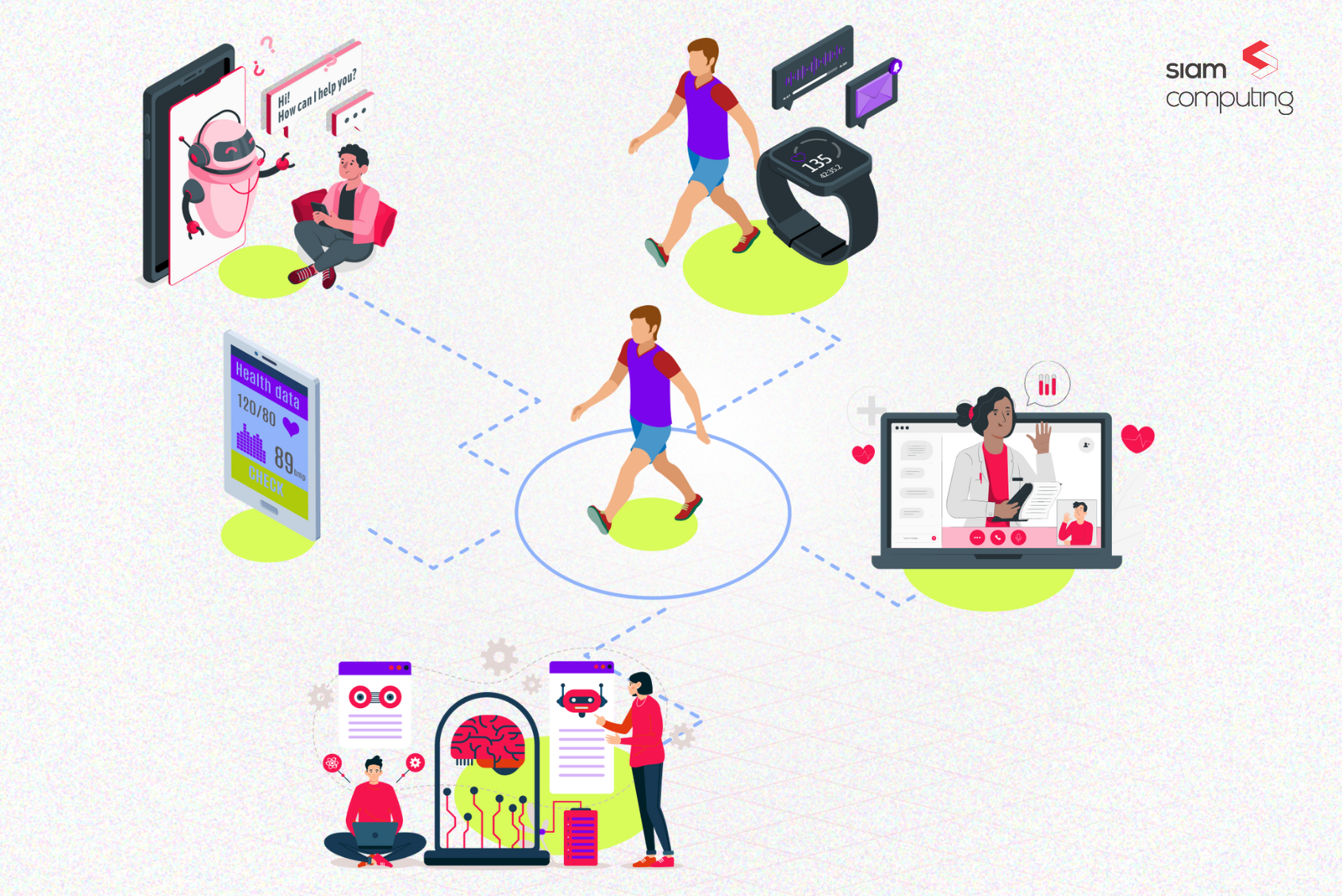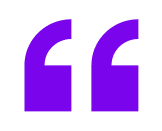Statistics show that eight out of ten entrepreneurs fail within the initial three years of the startups. The core issue does not lie in the product or technology but when the problem is not identified well enough in the context of the user. This is where Design Thinking comes into play.
Design thinking is one of the most critical tasks of technology products as it conveys the first impression of your product. It should never be overlooked as it boosts the success rate of startups. The CBI Insights has something to say about the top reasons of failure in the startup’s ecosystem:

42% of startups fail due to no market need. The idea may be unique and impressive at first glance. But, it is not solving the customer’s problem. Design thinking has a role to play in this situation. It is the process of finding the problem and resolving it.
Design thinking uncovers the framework of how to ideate the problem statement and explore the ways to find appropriate solutions. Design thinking for startups is a process of empathize, define, ideate, prototype, validate, and repeat. The classic five phases of design thinking for startups help the founders to build a product that is expected by the end-users.

Why is design thinking efficient?
Design thinking for startups is efficient and increases the success rates because it requires multidisciplinary teams.
- The teams together understand the audience and their expectations which is the empathize stage of the process.
- The defined stage goes into the root of the problem rather than just revolving around it. A popular technique used in this is the Why Technique.
- Once the problem is defined, a wide range of solutions is listed in the ideate stage.
- The prototypes are then built and tested by the teams to reach a unique and effective solution.
The process continues until the team reaches a unique and worthy solution to the most common problem, this happens through the rigorous refinement of the ideas.
The entire five-phase process of design thinking for startups can be divided into two parts:
- The problem stage; and
- The solution stage.
The problem stage defines the needs of customers and finds the gaps in the usability of the product. This stage further adds value to by ideating the options to increase usability. Whereas, the solution stage tests and validates the ideas through tools like Agile, Six-Sigma, and Total Quality Management.
The design thinking depends a lot on your ability to differentiate what works and what does not. There is a paradigm shift in the customer needs which triggers the urgency of design thinking right from the early age of startups.
How can early-stage startups implement design thinking?
For any startup to implement design thinking, it must create a culture. Below are some areas that would help implement design thinking for startups.
Educating the team: Educating the team about the importance of design thinking is the first step towards establishing a design thinking culture.
Encourage everyone: Ensure that everyone follows design thinking. If not, explore ways to encourage them to adapt to the change.
Seek help from design advisors: You can even consider seeking design advisors to reach your design goals. These advisors help the companies to balance the efforts to reach the customer expectations.
Once you have attained all the above, you will create an ecosystem of design thinkers. Going forward, these design thinkers will help to maintain the culture and inspire the team with new ideas at each stage.
Here are some examples of how startups have used design thinking to arrive at the first versions of their solution.
Airbnb, a startup that was launched in 2009 was about to bust as no one noticed its existence. That was the time when Airbnb was a part of the Y Combinator. The team brainstormed the reason for its failure and came up with a pattern of 40 listings. They sought the problem to be the pictures that didn’t convey the reason to pay for the services or rooms. The entire process was a big turning point for the company, the case study explains in detail about their adaptation of design thinking and making the startup a million-dollar business.
Similarly, ForestCar is a startup engaged in car-sharing services on airports. The basic idea of the company is to offer free parking to the car owners at the airport in exchange for renting their car while they’re away. Throughout their journey, they have refined their idea using a design thinking approach and were able to pivot their MVP multiple times.

Understanding the needs of the customers in design thinking for startups is the first step towards rooting your foundation. There is a lot more coming in the way of design thinking. Have you already implemented the design thinking culture? Let us know your journey in the comments section below.
At Siam, the first step towards implementing any project is to get our team of analysts to apply the core tenets of design thinking and work with startup founders to arrive at the solution they are looking to build. Have an idea? Get 30 minutes of free consulting today from Siamcomputing.
| Want to make the most out of your start-up? Here’s a bunch of expert insights that will truly help you. Subscribe to our newsletters and stay updated. |








